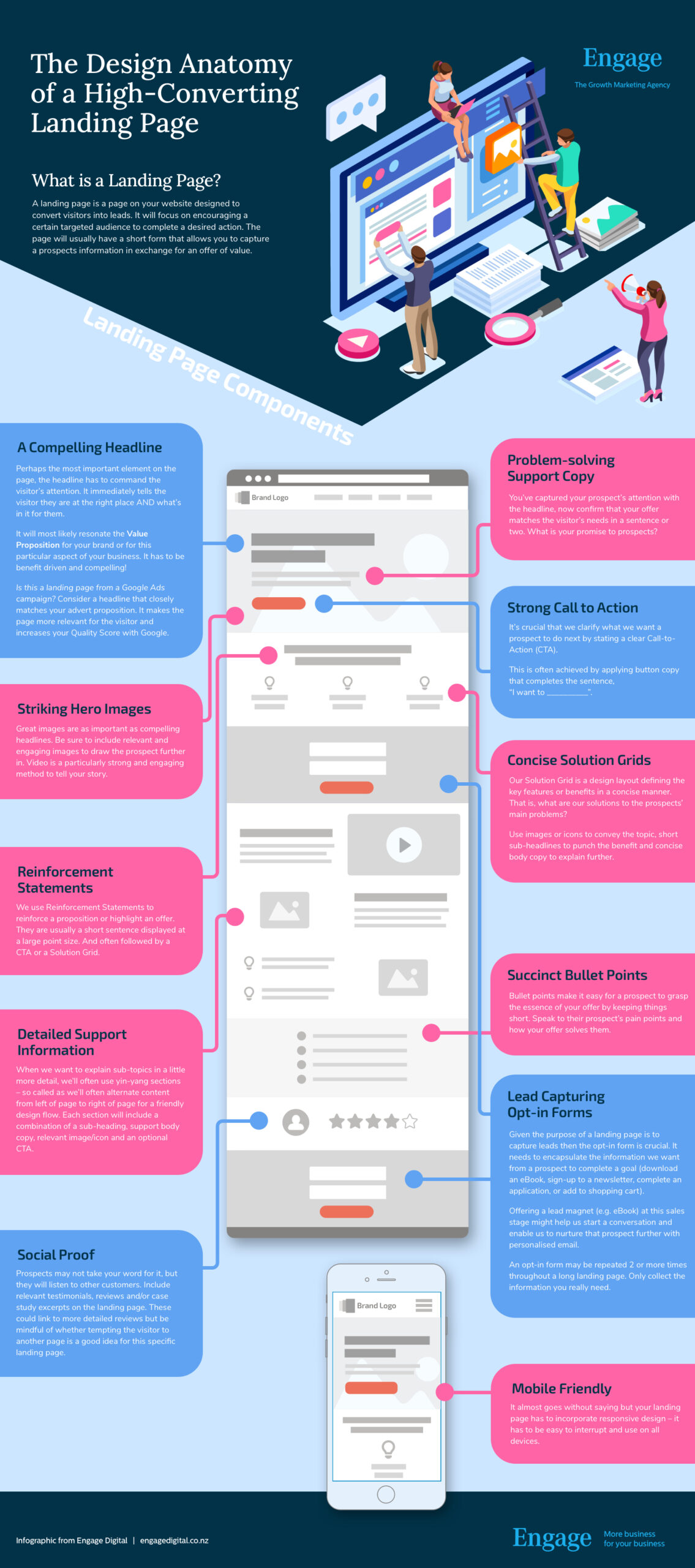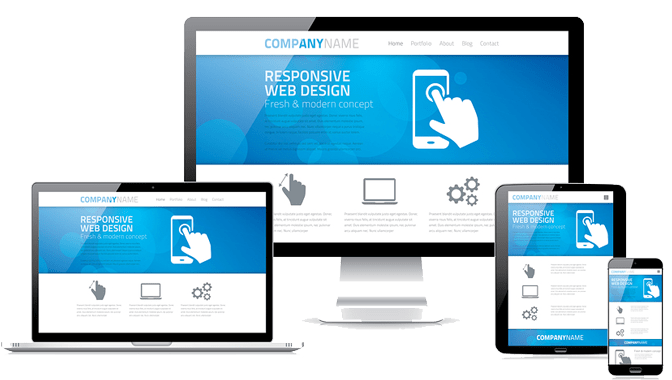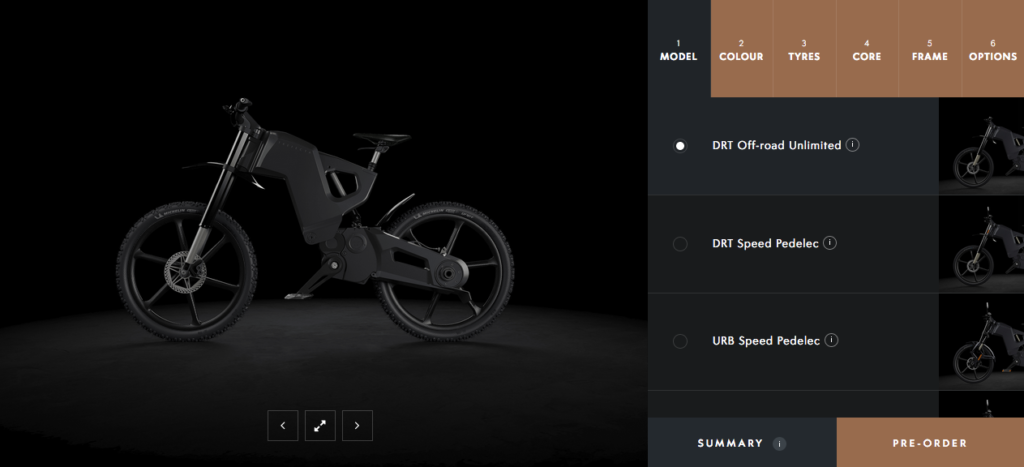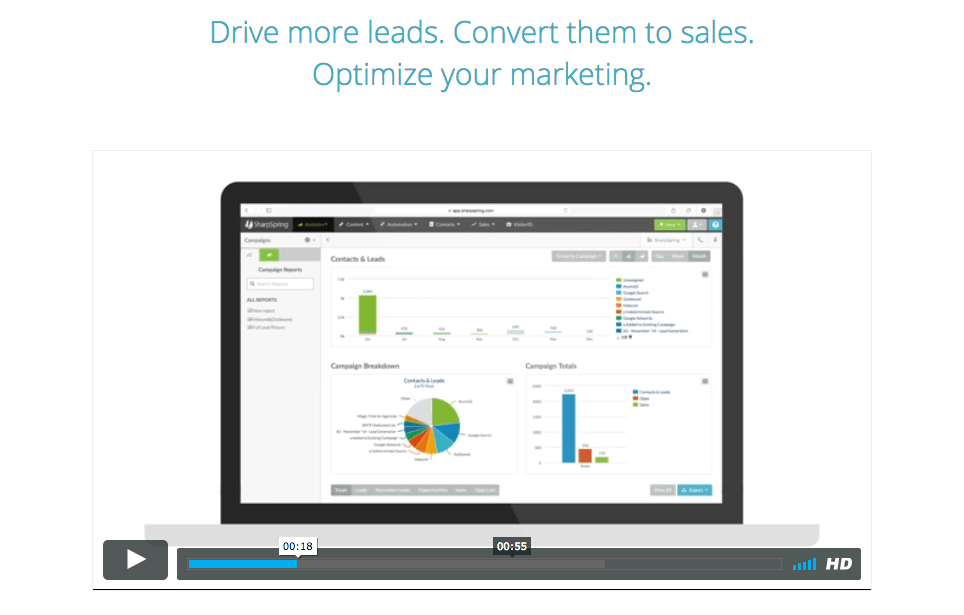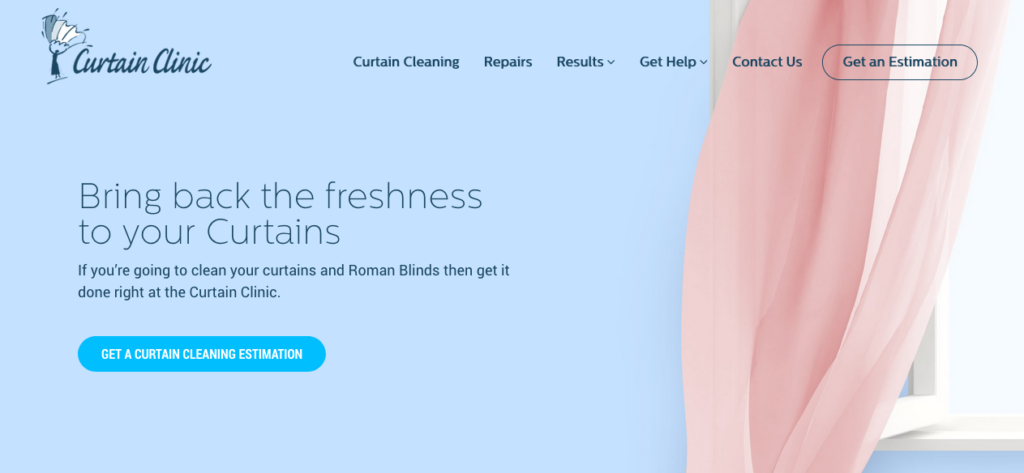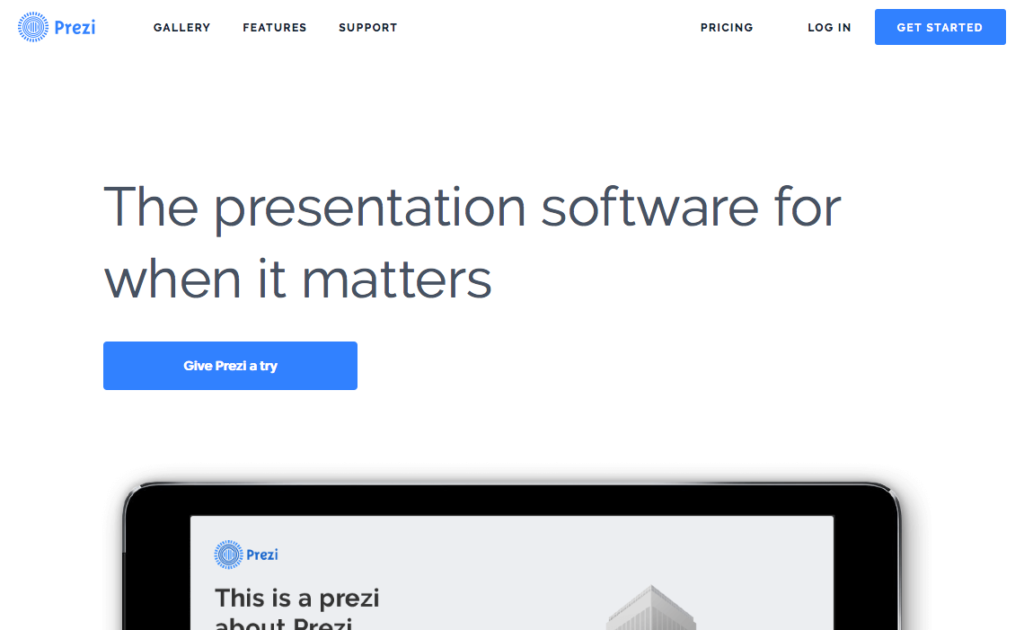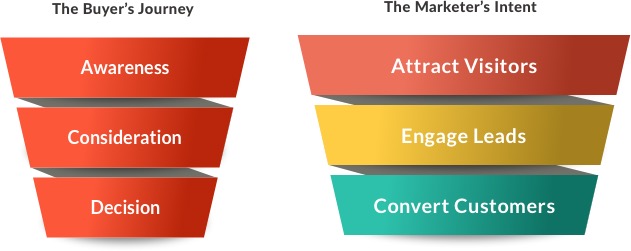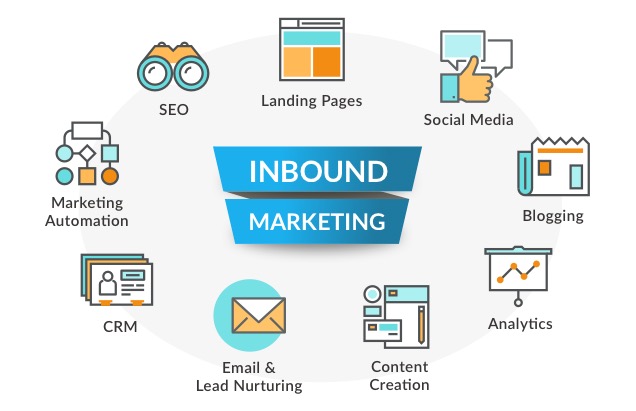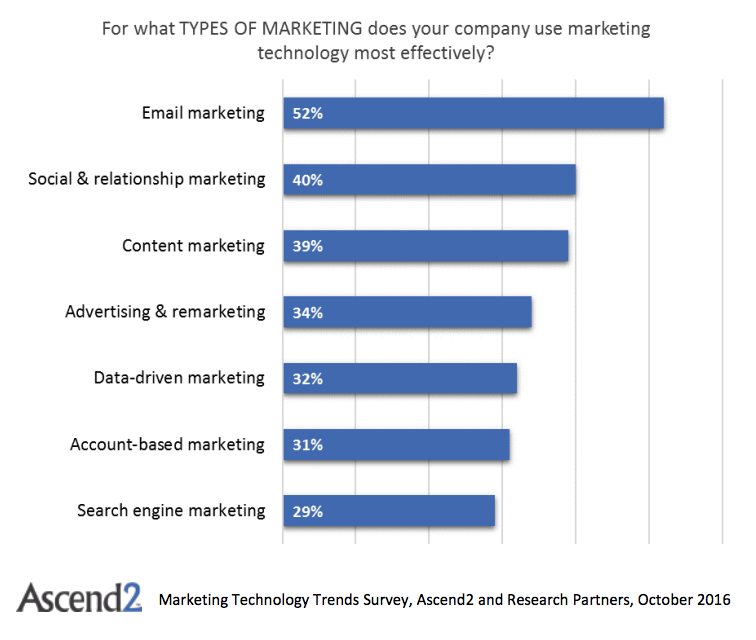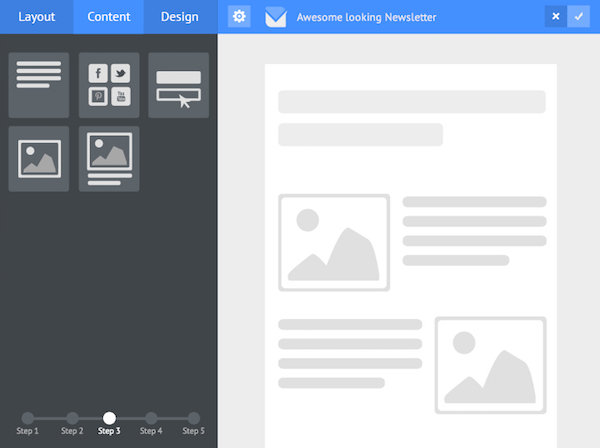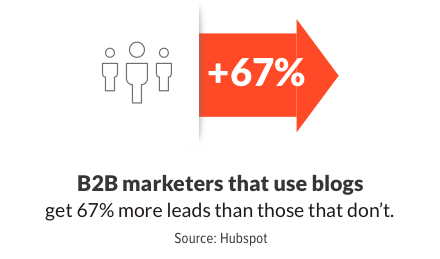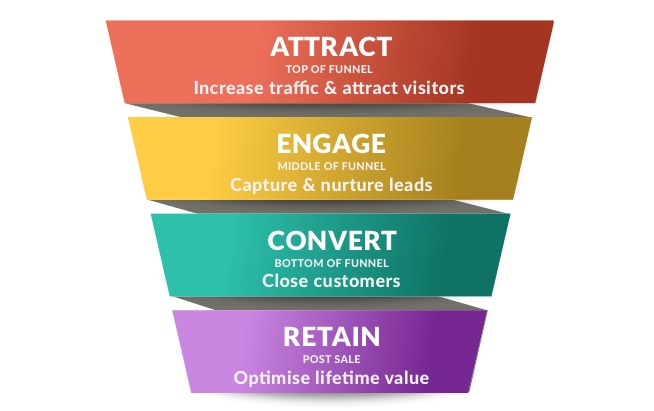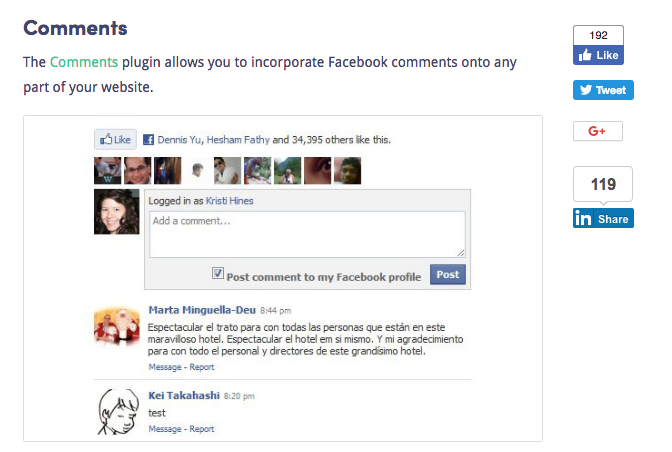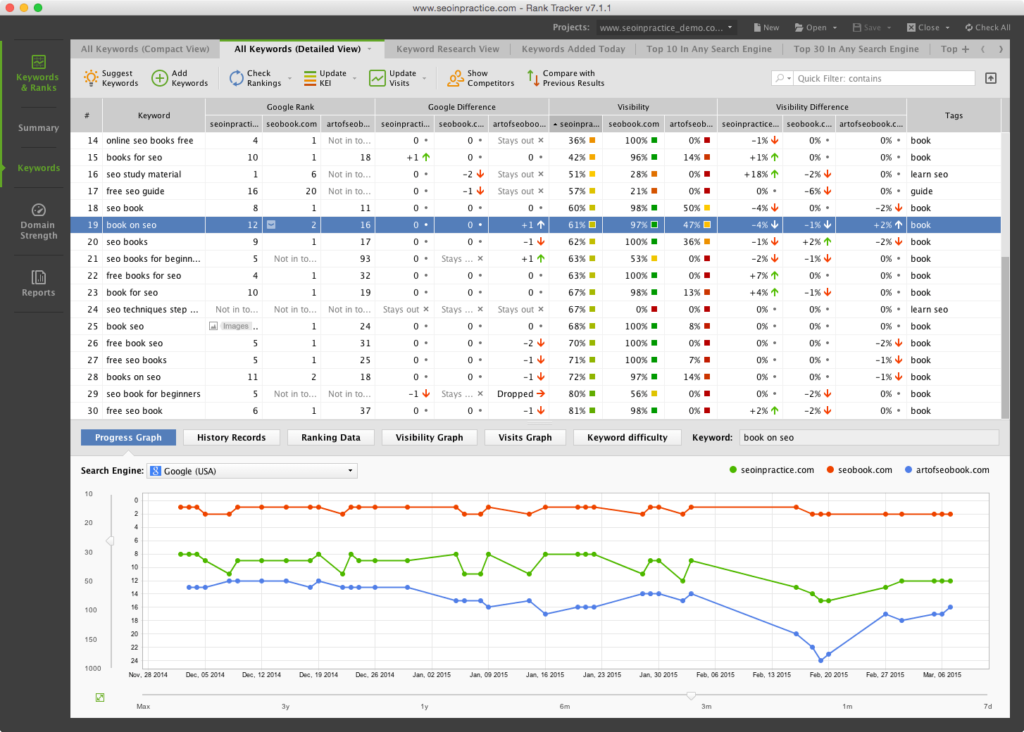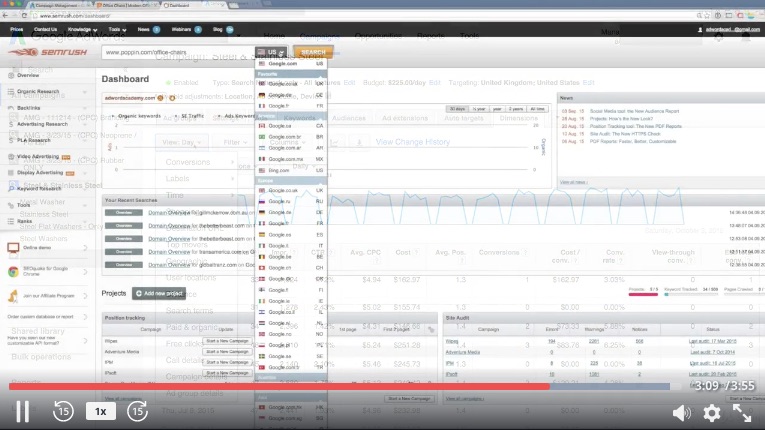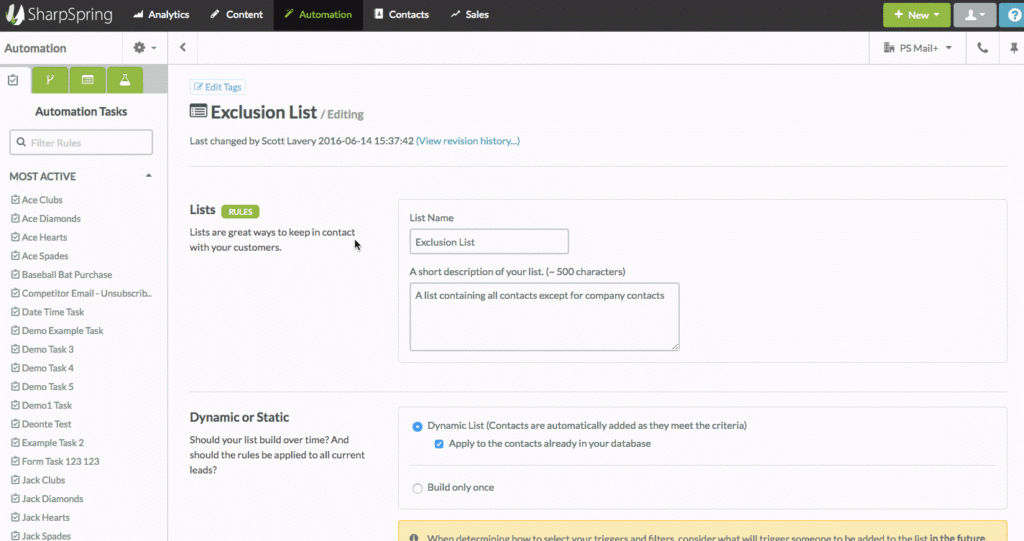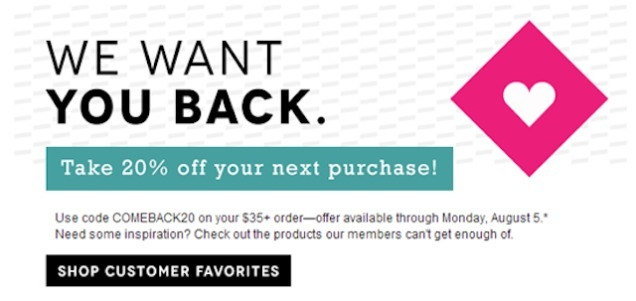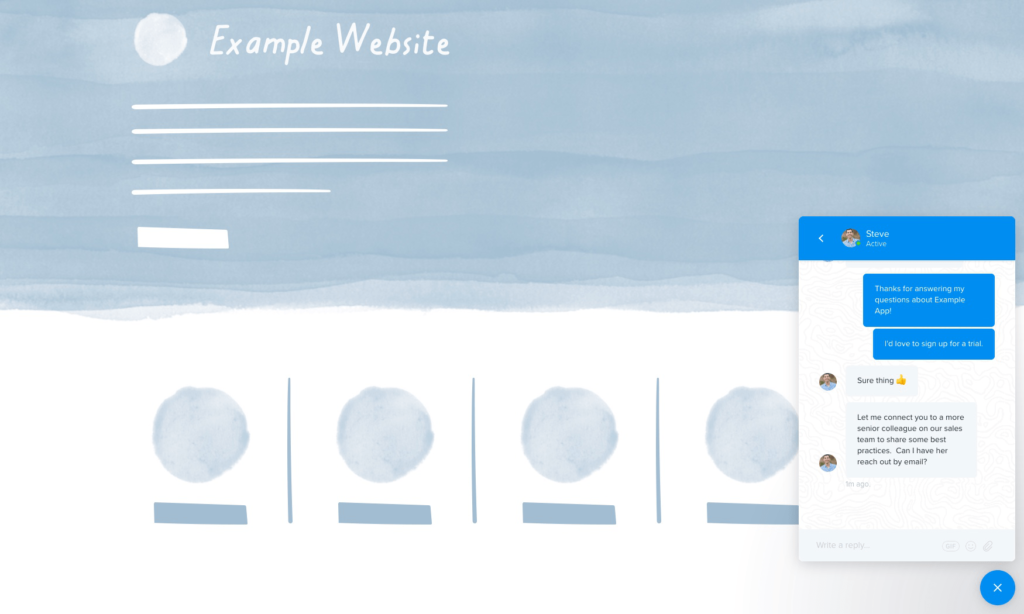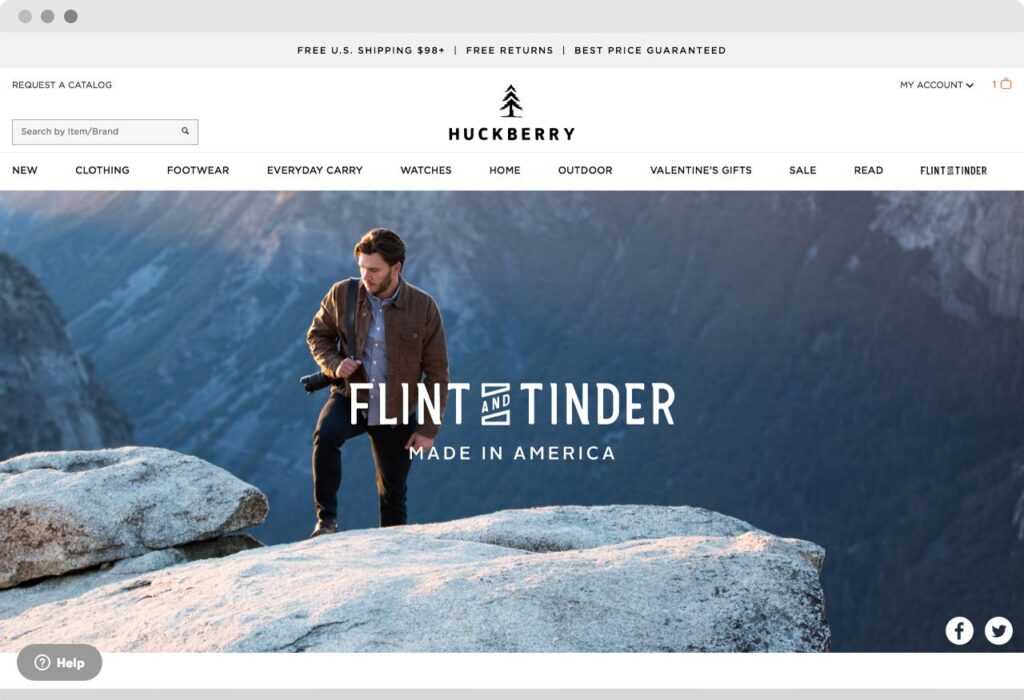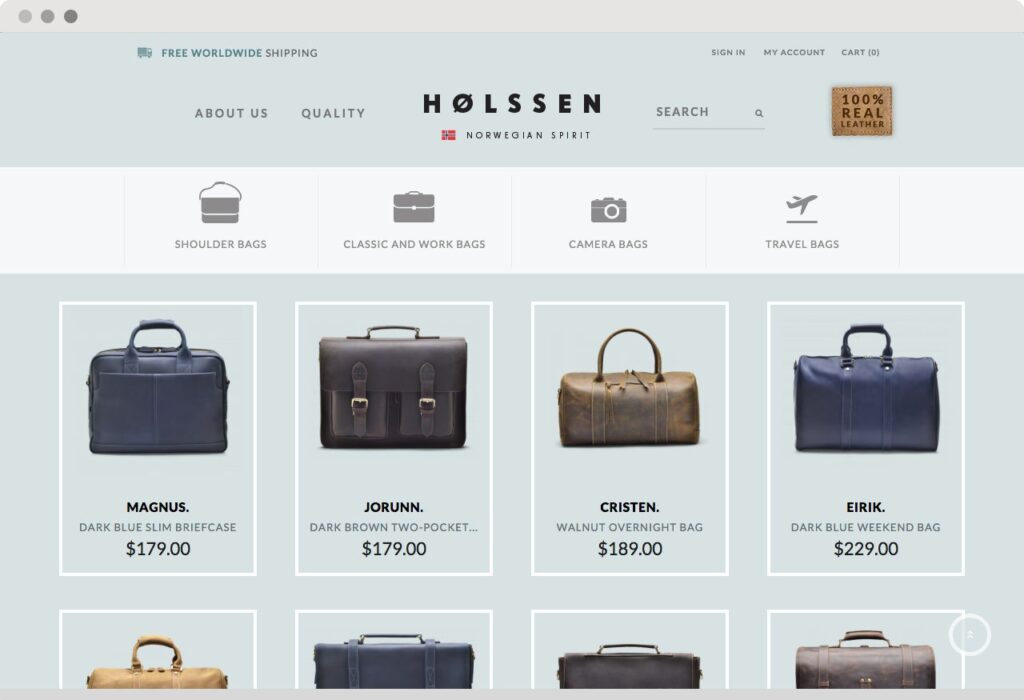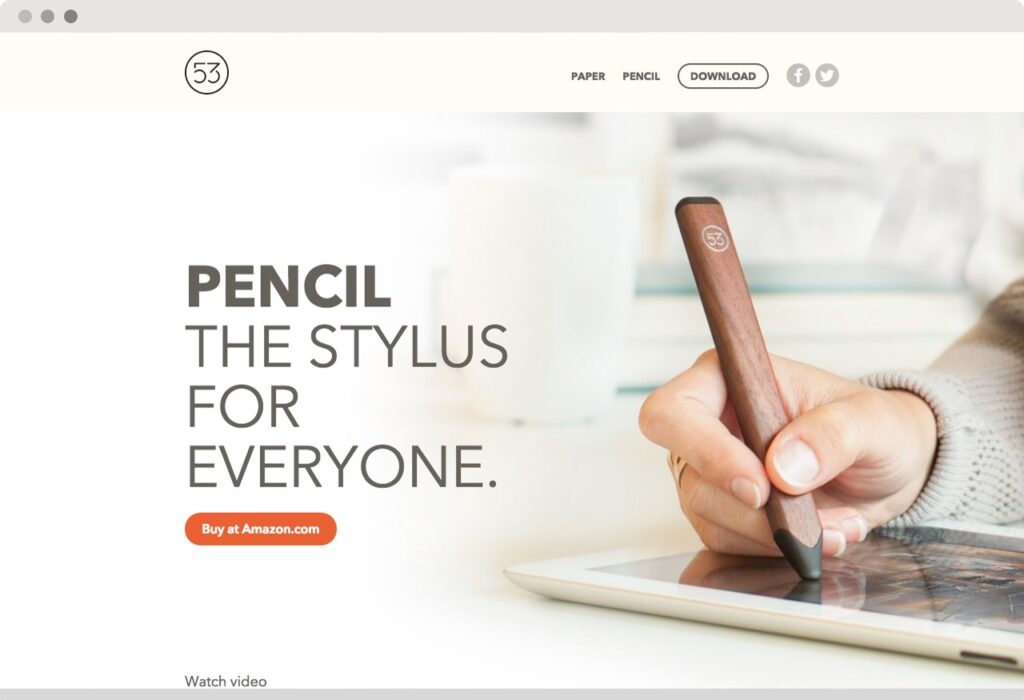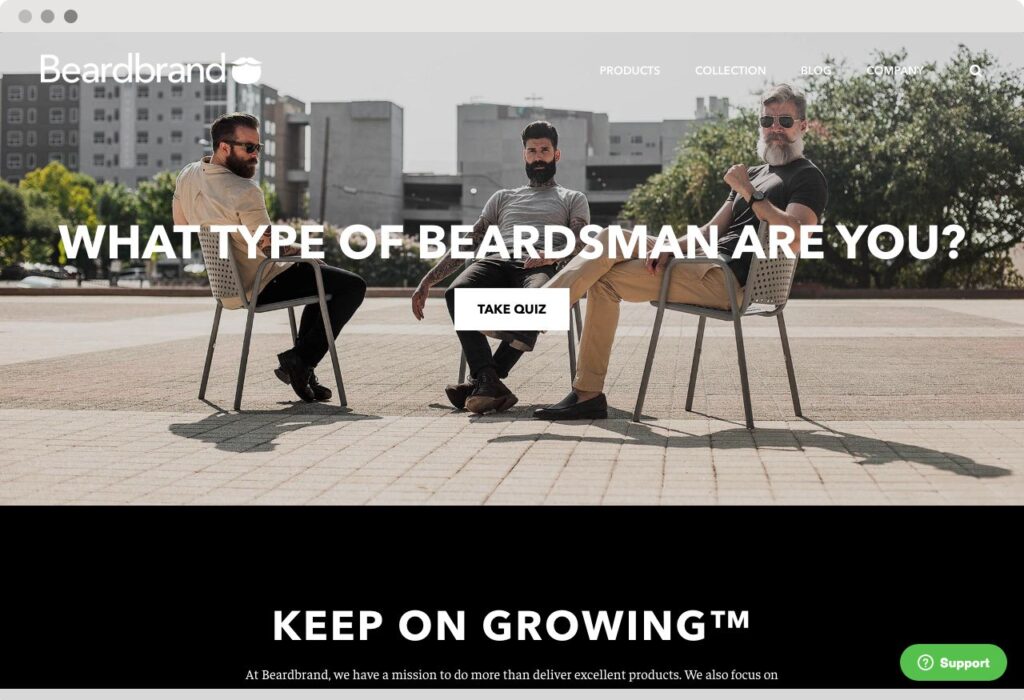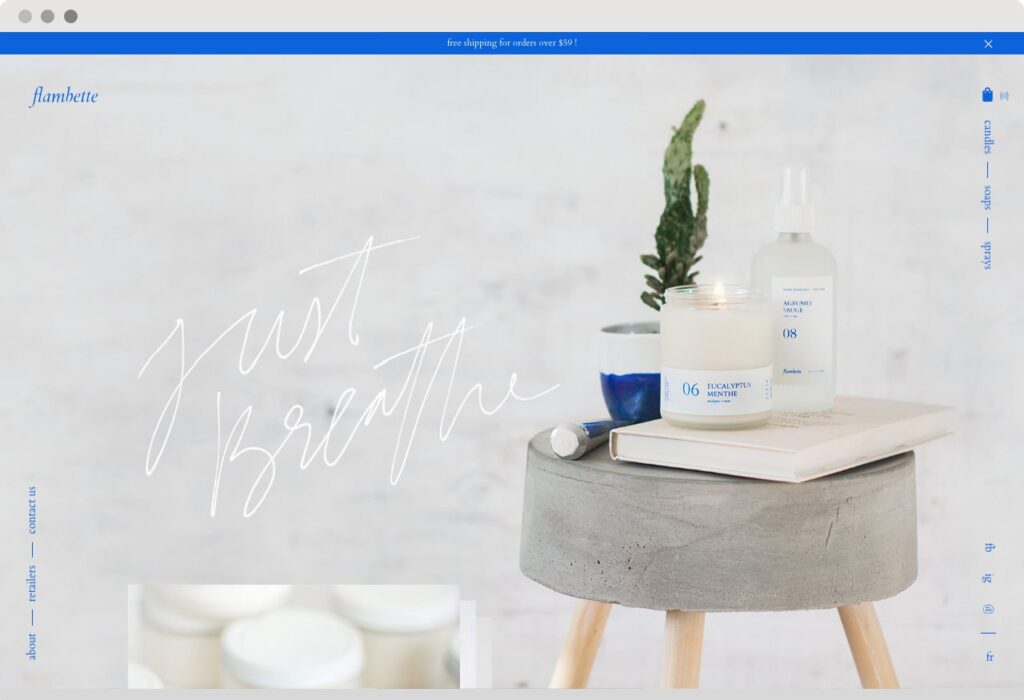Content marketing is more than just publishing the occasional blog or social post—it’s about providing genuine value at every stage of your customer’s journey. For New Zealand businesses, especially those keen to grow in a competitive market, creating the right kind of content is a proven way to attract new leads, build trust, and convert browsers into loyal customers. In fact, recent research from Semrush found that over half of content marketers report higher engagement and ROI when they diversify their content mix.
But where do you start, and which formats actually make a difference for a Kiwi business? Content marketing covers four core forms—written, audio, video, and image-based content—but the opportunities go far deeper. This practical guide breaks down 12 of the most effective types of content marketing, each designed to help you reach, educate, and convert your ideal audience.
Whether you’re an Auckland business owner looking to boost your site traffic, a marketing manager aiming to generate more leads, or simply seeking a smarter way to engage online, this guide is for you. Each content type comes with clear examples and best-practice tips, so you can build a scalable, measurable marketing engine—without guesswork or wasted spend.
And if you’re ready to put these strategies into action, Engage Digital’s Grow Your Business system offers a proven framework for implementing content marketing that actually delivers results. Learn more about how to make content work harder for your business—and let’s get started with the 12 content types every Kiwi business should know.
1. Blog Posts: Building Authority and Driving Organic Traffic
Blog posts are regularly published articles on your own website, designed to address your audience’s questions, showcase your expertise, and target keywords that potential customers are searching for. When done right, blogging not only boosts your search visibility but also positions your business as a thought leader—turning casual visitors into qualified leads through strategic calls to action.
New Zealand businesses can see tangible results from blogging. For example, Xero’s resource centre and Trade Me’s tips hub both drive substantial organic traffic by answering common accounting and selling questions. By sharing insights that resonate with local and international audiences, these brands cultivate trust and grow their subscriber lists.
Best Practices for SEO-Optimised Blogging
-
Keyword research
• Use tools like Semrush Topic Research to uncover high-intent keywords and long-tail phrases relevant to your industry.
• Focus on search intent: informational posts for awareness, commercial posts for decision-stage audiences. -
On-page optimisation
• Craft keyword-rich titles and meta descriptions that entice clicks.
• Structure headings (H1, H2, H3) to reflect logical flow and include primary and secondary keywords.
• Add descriptive alt-text to images and optimise file names for accessibility and image search. -
Internal linking and content clusters
• Group related posts around a pillar page (e.g., “The Ultimate Guide to SEO for Small Business”) to boost authority.
• Link from shorter, news-style posts to in-depth articles, guiding readers through your site and signalling relevance to search engines.
Content Structure and Frequency
• Ideal length
– Pillar content: 1,000–2,000+ words to cover a topic comprehensively.
– News-style or quick-tip posts: 600–800 words for timely updates or commentary.
• Publishing cadence
– Weekly posts build momentum and signal consistency to both readers and search bots.
– Biweekly can work if you maintain depth and promotion—quality should never be sacrificed for quantity.
• Example schedule
– Week 1: Long-form pillar post on your flagship service.
– Week 2: Short-form news update or customer spotlight.
– Week 3: How-to tutorial or checklist.
– Week 4: Industry trends round-up or Q&A session.
Tools & Templates
• Editorial calendar – Plan topics and assign deadlines in a simple spreadsheet or with a tool like Asana or Trello.
• CMS plugins – Use Yoast SEO or Rank Math in WordPress to monitor on-page scores and readability.
• Analytics – Track page views, bounce rates and conversion goals in Google Analytics to refine your strategy.
• Templates – Keep a set of post templates (how-to, listicle, case study) to streamline drafting and maintain brand voice.
By adopting these blogging practices, Kiwi businesses can steadily climb search rankings, draw more visitors, and convert a higher percentage of those readers into leads. Next, we’ll explore how video content can deepen engagement through visual storytelling.
2. Videos: Engaging Audiences with Visual Storytelling
Video content is one of the most powerful ways to connect with your audience—combining motion, sound and storytelling to bring your brand to life. Marketing videos can take many forms: product demos that highlight features and benefits, animated explainers that simplify complex ideas, brand stories that show the human side of your business, and customer testimonials that let real voices build credibility. For New Zealand businesses, videos offer a chance to stand out on social channels, drive deeper engagement on your website, and create memorable experiences that text alone can’t deliver.
Beyond just “record and upload,” successful video marketing relies on thoughtful planning, targeted distribution and ongoing optimisation. Below we’ll walk through the key considerations—from picking the right platforms to fine-tuning every title and thumbnail—to make sure your videos grab attention and keep viewers watching.
Platforms & Distribution
Choosing where to publish your videos is as important as the content itself. YouTube remains the dominant search engine for video, so optimising there can bring lasting organic traffic. Vimeo is ideal for higher-quality embeds on your own site or client portals. On social platforms, native videos tend to get more reach: think short, snackable clips on Facebook and LinkedIn, vertical storytelling in Instagram Reels, or bite-sized tutorials on TikTok.
Tailor your approach to each channel’s strengths and audience behaviour. A full-length tutorial might live on YouTube, while a 30-second highlight reel or testimonial snippet could spark interest in a LinkedIn feed. Scheduling tools like Buffer or Hootsuite can help you maintain a consistent posting rhythm and ensure your content gets seen at peak times.
Video SEO & Optimisation
Optimising your videos for search and discovery starts with keyword-rich titles and descriptions. Use research tools like Semrush to find the phrases your customers actually type in—then weave those terms naturally into your metadata. Tags and category selections further signal context to platform algorithms.
Transcripts and closed captions not only improve accessibility but also give search engines more text to crawl. Craft a custom thumbnail that stands out in a sea of auto-generated screenshots—think bold text overlays, bright colours, and a clear subject. Finally, include a strong call to action within your video and video description (for example, “Download our free guide” or “Subscribe for more tips”) to guide viewers towards the next step.
Equipment & Editing Tips
Great video doesn’t always require a Hollywood budget, but quality does make a difference. For starters, invest in a reliable camera (even a modern smartphone can work), a lavalier or shotgun microphone, and basic lighting—softboxes or even daylight-balanced LED panels will lift your production values instantly. A quiet, controlled environment will also cut down on post-production headaches.
When it comes to editing, choose software that matches your skill level. Beginners might find Camtasia or Adobe Premiere Rush easier to learn, while more advanced editors can unlock more creative control with Final Cut Pro or Adobe Premiere Pro. Keep your edits tight: start with a strong hook, use jump cuts to maintain pace, and add branding elements (lower thirds, logos, colour‐graded intros) to reinforce your identity.
Example Use Cases
• Wistia’s educational series shares in-depth tutorials on video marketing best practices, doubling as both a learning resource and an organic lead generator.
• Shopify merchants often embed short product demos on landing pages to showcase new features, helping prospects quickly understand the value without reading lengthy text.
• Customer-generated testimonial clips can be repurposed across your site and social feeds, offering authentic proof of your product’s impact.
By embracing video as a strategic pillar of your content marketing, you’ll engage on-the-go audiences, drive higher retention rates, and tell stories that stick—ultimately moving more prospects through your sales funnel.
3. Infographics: Communicating Data Visually
Infographics transform complex information into easy-to-digest visuals, making data, processes or comparisons clear at a glance. Rather than scrolling through dense paragraphs, your audience sees a snapshot of key insights—whether it’s a breakdown of quarterly performance, steps in a workflow or side-by-side feature comparisons. Well-crafted infographics not only capture attention but also get shared widely, driving traffic back to your website and reinforcing your brand’s expertise.
Key Design Principles
The backbone of any effective infographic is its design. Start with a clear hierarchy: headlines and subheadings guide the reader through the story. Consistent branding—using your company colours, fonts and logo—reinforces recognition. Logical flow keeps information moving naturally from one point to the next, while concise copy ensures your message isn’t lost in the visuals. Always balance data points with white space; overcrowded graphics can overwhelm rather than inform.
Types of Infographics
Infographics come in many flavours, each suited to different content needs:
- Statistical: Highlight key numbers or survey results with charts, icons and percentage call-outs.
- Process/Timeline: Lay out steps or milestones in a linear format, ideal for project roadmaps or historical overviews.
- Comparison: Place two or more options side by side—features, pricing plans or before-and-after scenarios.
- Geographic: Use maps to visualise location-based data, such as regional sales figures or customer distributions.
- Flowchart: Map decision trees or workflows to guide users through a set of choices or processes.
Distribution & Promotion
Once your infographic is ready, make it effortless for others to share. Embed it on your blog with responsive code snippets so other sites can publish it with a backlink—a win for SEO. Tailor versions for social media platforms: a high-resolution image for LinkedIn, a vertical design for Pinterest boards or a short animated GIF for Twitter. Encourage partnerships by offering to swap embeds with industry blogs or trade associations. Each share extends your reach and cements your position as an authority.
Tools & Resources
You don’t need a specialist designer to create professional-looking infographics. These tools offer templates, drag-and-drop simplicity and exporting options:
- Canva: Intuitive interface, with branded templates and a huge icon library.
- Piktochart: Focused on data visualisation, ideal for charts and maps.
- Adobe Illustrator: For teams with advanced design skills—total control over every element.
- Visme: Combines presentation and infographic features, plus interactive embedding.
By integrating infographics into your content mix, you’ll simplify complex messages, engage visual learners and turn data into shareable assets that drive traffic and strengthen your brand.
4. Case Studies: Showcasing Real-World Success
Case studies are narrative-driven success stories that demonstrate how your products or services solve real challenges for clients. Unlike abstract claims, they use concrete metrics and compelling storytelling to prove your value. For New Zealand businesses, showcasing local or regional examples—complete with genuine customer feedback—can resonate strongly with prospects who want to see similar results in their own context.
A well-crafted case study walks the reader through a client’s journey, from the initial problem to the measurable impact after your solution was implemented. By presenting authentic data—such as traffic increases, lead growth or revenue uplift—you give prospects a clear benchmark for what they might achieve. Incorporating direct quotes and testimonials adds credibility, while compliance with Commerce Commission guidelines ensures you remain transparent and trustworthy.
Case studies can be published in multiple formats: a downloadable PDF, a dedicated landing page on your website or even a short video that brings the story to life. Promotion can be equally varied—feature them in sales proposals, share snippets on social media, include links in email campaigns or highlight them at events. Each channel extends their reach and keeps your successes top of mind.
Structuring and Promoting Your Case Studies
-
Client background and challenge
• Briefly introduce the client’s industry, size and market context.
• Define the specific pain point or goal they approached you to solve. -
Solution overview
• Describe your approach, whether it was a website redesign, SEO campaign or a hybrid growth marketing plan.
• Highlight any unique tactics or tools used during implementation. -
Measurable results
• Present key performance indicators (KPIs): percentage increases in traffic, number of qualified leads generated, sales growth or cost-per-acquisition improvements.
• Use charts or call-out boxes to make numbers stand out. -
Client quote or testimonial
• Include a genuine statement from your client about the impact of your work.
• Ensure all testimonials comply with Commerce Commission guidelines on online reviews and sponsored content to maintain authenticity (read more). -
Format variants
• PDF download: ideal for detailed reports or gated lead-generation assets.
• Landing page: SEO-optimised page that prospects can discover via organic search.
• Video case study: a 1–2 minute clip combining interview snippets, screen recordings and animated graphics. -
Promotion tactics
• Embed highlights in your sales proposals or pitch decks to reinforce credibility.
• Share a “sneak-peek” graphic on LinkedIn or Facebook, linking back to the full story.
• Include case study links in nurture emails to guide leads further down the funnel.
• Feature in webinars or at industry events to spark live discussion.
By carefully structuring each case study and leveraging multiple formats and channels, you turn client successes into powerful marketing assets that build trust, demonstrate results and drive new business.
5. Ebooks: Offering In-Depth Value and Generating Leads
Ebooks are long-form, gated guides—typically delivered as PDFs or interactive flipbooks—that dive deep into a subject your audience cares about. Rather than a standalone blog post, an ebook bundles insights, step-by-step processes and expert commentary into a single downloadable resource. This makes them ideal for capturing high-quality leads who are willing to exchange their contact details for genuinely useful information.
When to Create an Ebook
Ebooks make sense when you have a topic that demands more depth than a standard article or when you’ve built up a series of related blog posts or webinars. Consider an ebook if:
- You’ve addressed a pain point repeatedly in shorter content and can expand it into a cohesive guide.
- Your competitors haven’t yet produced a comprehensive resource on a niche area—giving you an opportunity to stand out.
- You need a flagship lead magnet to power a major campaign, like a product launch or industry report.
Planning & Structure
A well-structured ebook starts with rigorous planning:
- Topic selection – Interview prospects or survey subscribers to pinpoint your audience’s biggest challenges.
- Chapter outline – Break the topic into logical sections (for example: “Introduction to X,” “Implementation Steps,” “Case Studies,” “Next Steps”).
- Expert contributions – Invite subject-matter experts or internal specialists to add credibility with quotes or sidebars.
Once the outline is locked in, flesh out each chapter with a mix of instructional text, examples, and key takeaways. Aim for 20–40 pages of high-value content rather than fluff.
Design Considerations
First impressions count, so invest in:
- A striking cover that includes your logo, title and a concise subtitle.
- A clear table of contents with clickable links to each chapter (for PDFs).
- Consistent typography and colour schemes that align with your brand guidelines.
- Custom graphics or illustrations to break up text and visualise complex ideas.
Tools like Adobe InDesign or even Canva’s ebook templates can help you produce a polished layout without a dedicated designer.
Lead Capture Best Practices
Since ebooks live behind a gate, your landing page must be optimised for conversions:
- Keep form fields minimal—name, email and company are usually sufficient.
- Use a compelling headline and bullet points to summarise what readers will learn.
- Consider a double opt-in to ensure list quality and comply with best-practice email marketing standards.
- Include social proof—such as review snippets or download counts—to build trust.
Once someone downloads the ebook, follow up with an automated email sequence that provides additional tips and nudges them towards your service offering.
Repurposing Ebook Content
An ebook is a goldmine of reusable material. Break it down into:
- Blog posts that cover individual chapters or how-to sections.
- Infographics that visualise key statistics or workflows.
- Short videos or podcast episodes that explore specific subtopics.
- Email drip sequences derived from each chapter’s core lessons.
By slicing your ebook into smaller pieces of content, you extend its lifespan, improve SEO, and nurture leads at every stage of the buyer’s journey.
6. Whitepapers: Establishing Thought Leadership in B2B
Whitepapers are deep-dive, research-driven documents designed to inform and influence executive-level decision-makers. Unlike lighter, more conversational ebooks, whitepapers build credibility by presenting rigorous data, detailed analysis and well-reasoned recommendations. For B2B marketers, a compelling whitepaper can open doors to senior stakeholders, generate high-quality leads and position your brand as a trusted authority in your industry.
Whitepaper vs Ebook
While both whitepapers and ebooks are long-form assets, they serve different purposes:
- Tone and style: Whitepapers employ a formal, academic voice that speaks directly to C-suite concerns. Ebooks tend to be more conversational, with broader appeal.
- Depth of research: Whitepapers dive into primary research—surveys, benchmarks or proprietary data—whereas ebooks often compile existing blog posts or best-practice guides.
- Target audience: Whitepapers aim at high-level decision-makers and technical experts, while ebooks attract mid-funnel prospects and educational seekers.
Topic Identification
Picking the right topic is critical. Whitepapers work best when they address a genuine knowledge gap or emerging trend in your sector. Consider:
- Original surveys: Poll your customer base or industry contacts to gather first-hand insights.
- Benchmark studies: Compare performance metrics—like average conversion rates or IT uptime—across competitors.
- Technical deep dives: Explore complex processes, new regulations or innovative technologies that impact your audience.
Structure
A clear, logical organisation helps readers digest detailed content:
- Executive summary: A one-page overview of the whitepaper’s purpose, key findings and recommendations.
- Introduction and context: Define the problem or opportunity with market background and objectives.
- Methodology: Explain how data was collected, sample sizes and any research limitations.
- Key findings: Present insights with supporting charts, tables and concise commentary.
- Recommendations: Offer practical, evidence-based steps for readers to act on the research.
- Conclusion and next steps: Summarise the value proposition and suggest further resources or contact points.
Design & Readability
Dense text can deter busy executives, so visual clarity is paramount:
- Charts and graphs: Visualise statistics with bar charts, pie charts or scatter plots that quickly convey trends.
- Tables and call-out boxes: Highlight critical numbers or quotes to break up textual content.
- Pull-quotes: Use branded quotation graphics to draw attention to standout insights.
- Typography and white space: Select readable fonts and allow margins to give the page room to breathe.
Distribution Strategies
To maximise reach and lead generation:
- Gated downloads: Host your whitepaper on a dedicated landing page, requiring minimal form fields (name, email, company) to capture leads without excessive friction.
- Email nurturing: Send drip emails that tease insights and drive recipients back to the full report, positioning follow-up calls or demos.
- LinkedIn promotion: Share data highlights as LinkedIn posts or sponsored content to target industry audiences by job title and company size.
- Partner channels: Collaborate with industry associations or trade publications to co-host or co-brand your whitepaper, tapping into new networks.
By investing in high-quality whitepapers, B2B businesses can forge stronger relationships with decision-makers, drive strategic conversations and fuel their pipeline with leads who have already engaged with your most compelling research.
7. Podcasts: Reaching On-the-Go Audiences with Audio Content
Podcasts are on-demand audio programmes that listeners can subscribe to and stream at their convenience—whether during the morning commute, at the gym, or while tackling admin chores. By offering content in a purely auditory format, you tap into audiences who prefer to learn, be entertained or feel part of a conversation without staring at a screen. Common podcast formats include one-on-one interviews with industry experts, solo commentary episodes where hosts share insights, and panel discussions featuring multiple voices debating hot topics.
For New Zealand businesses, a well-produced podcast not only extends your brand’s reach beyond written or visual channels but also builds intimacy through voice. Listeners come to trust hosts over time, and that trust can translate into stronger loyalty and increased word-of-mouth referrals. Whether you’re unpacking marketing tactics, exploring local success stories or providing practical business advice, podcasts allow you to survey niche subjects in greater depth and position your team as approachable experts.
A successful podcast hinges on both consistent content planning and reliable production. You need a clear editorial calendar that maps out episode topics, guest outreach processes and publishing dates. Meanwhile, technically solid recordings—free from background noise or uneven volumes—are essential to keep listeners engaged from start to finish. Like any other content type, promotion is key: optimised show notes, searchable transcripts and bite-sized audio teasers on social channels will help new audiences discover and subscribe to your series.
Production, Distribution and Promotion Tips
Technical setup
- Microphones: USB mics (e.g. Blue Yeti) are easy to use, while XLR setups (with an audio interface) deliver more control and fidelity.
- Headphones: Closed-back models to monitor sound without bleed.
- Recording software: Audacity (free) or Adobe Audition for multitrack editing and noise reduction.
- Hosting platforms: Services like Libsyn, Anchor or Buzzsprout manage episode hosting, media files and RSS feeds.
Content planning
- Episode calendar: Plot themes, guest slots and release dates three to six months in advance.
- Topic research: Use keyword tools and social listening to identify questions your customers ask.
- Guest outreach: Prepare briefing docs, schedule recordings and agree on promotional reciprocity.
Podcast SEO & promotion
- Show notes: Craft detailed, keyword-rich descriptions and include time-stamped highlights.
- Transcripts: Publish full episode transcripts on your site to improve discoverability and accessibility.
- Social snippets: Edit 30- to 60-second audio clips with captions or waveform animations and share on LinkedIn, Instagram or Facebook.
Distribution
- Directories: Submit your RSS feed to Apple Podcasts, Spotify, Google Podcasts and other major platforms.
- Website embedding: Host a dedicated page or blog post for each episode, complete with show notes and embedded players.
- Cross-promotion: Appear as a guest on related podcasts and invite peers onto your own show to tap into new listener bases.
Monetisation & sponsorship
- Dynamic ad insertion: Services can insert targeted ads into back catalogue episodes.
- Sponsored segments: Partner with complementary businesses for brief host-read endorsements.
- Premium content: Offer ad-free or bonus episodes behind a subscription or membership wall.
By treating your podcast as a strategic asset—one that demands careful planning, clear branding and ongoing promotion—you’ll cultivate a loyal listenership, boost your brand’s credibility and open new channels for lead generation or even sponsorship revenue.
8. Social Media Content: Building Your Brand in Short Form
Social media content encompasses bite-sized posts, Stories, Reels and carousel posts that let you connect with your audience in real time—whether you’re launching a new product or giving a behind-the-scenes glimpse of your team. In an era of fleeting attention spans, snappy, native content can help your business stay top of mind and drive meaningful engagement. Below are the key elements to master:
Platform-Specific Tips
Each network has its own language and best practice:
- LinkedIn: Share thought-leadership posts, short videos or swipeable carousels that address industry challenges and spark discussion.
- Instagram: Use Stories and Reels for quick demos, day-in-the-life clips or customer shout-outs. Carousel posts work well for step-by-step guides.
- TikTok: Embrace trends and audio cues—think fast-cut tutorials, before-and-after reveals and playful challenges that showcase your brand personality.
Engagement Features
Interactive elements boost reach and build community:
- Polls and Q&A stickers on Instagram Stories or LinkedIn create two-way dialogue and surface real-time feedback.
- Live streams—on Facebook, Instagram or LinkedIn—let you answer audience questions on the spot, launch products or host mini-webinars.
- Reaction prompts (for example, “Double-tap if you agree!”) encourage quick responses that help feed the algorithm.
Influencer Collaborations
Strategic partnerships can amplify your message:
- Identify influencers whose followers align with your target market—be it local micro-influencers in Auckland or niche specialists across New Zealand.
- Structure deals around sponsored posts, co-branded giveaways or affiliate arrangements. Always be transparent: disclose paid partnerships clearly in your captions in line with Advertising Standards Authority guidelines.
- Track performance with UTM parameters or promo codes to measure real ROI and optimise future campaigns.
User-Generated Content Campaigns
Tap into your fans’ creativity to build trust:
- Launch a branded hashtag and encourage customers to post product photos or success stories. Feature the best entries on your feed to show appreciation and inspire others.
- Photo- or video-based contests—prize draws for the most creative UGC—can quickly spread awareness and drive traffic back to your site.
- Reposting customer content not only fills your calendar with authentic posts but also gives your community a chance to shine.
Content Calendars & Scheduling Tools
Consistency is key—and planning saves time:
- Map out themes, special dates (NZ public holidays or industry events) and posting cadences in a simple spreadsheet or with a tool like Trello.
- Schedule posts in advance using platforms such as Buffer, Hootsuite or Later, freeing you up to focus on real-time engagement.
- Regularly review analytics—reach, comments, shares and click-throughs—to refine your calendar and double down on the formats and topics that resonate most.
Harnessing social media content effectively means knowing where your audience spends time, what sparks conversation and how to keep your brand voice consistent. By blending platform-tailored posts with interactive features, influencer partnerships and user-generated campaigns—all managed through a solid content calendar—you’ll build a short-form strategy that drives both engagement and business growth.
9. Email Newsletters: Direct Content for Your Subscribers
Email newsletters are a direct line of communication with your most engaged audience—subscribers who have opted in to hear news, tips, exclusive offers and industry insights straight into their inbox. Unlike one-off announcements or social updates, newsletters build an ongoing conversation, nurturing relationships, driving repeat visits and guiding readers towards your services.
Before you hit “send,” it’s crucial to respect New Zealand’s anti-spam regulations. To comply with NZ anti-spam laws, follow the three essential steps—consent, clear identification and a simple unsubscribe option (see guidelines). Adhering to these rules not only keeps you lawful but also builds trust with your subscribers.
Building and Segmenting Your Subscriber List
A healthy newsletter list starts with effective lead magnets and onboarding:
- Lead magnets: Offer valuable resources—like an ebook or webinar—to encourage sign-ups.
- Sign-up forms: Place them prominently on your website, blog and landing pages.
- Welcome sequences: Automate a series of emails that introduce new subscribers to your brand and set expectations around frequency and content.
Segmentation is equally important. Group subscribers by interests, purchase history or engagement level. That way, your content remains relevant—whether it’s a special offer on a product they viewed or industry updates tied to their role.
Planning and Crafting Your Newsletter Content
A well-planned newsletter keeps readers looking forward to your next edition:
- Templates and tone: Establish a consistent layout and brand voice.
- Frequency: Strike a balance—monthly or fortnightly often works best for busy SMB audiences.
- Personalisation tokens: Use first names, dynamic content blocks or behavioural triggers (e.g. “Based on your interest in SEO…”) to make each message feel tailored.
Content can range from curated blog highlights and upcoming events to exclusive tips and behind-the-scenes stories. Always include a clear call to action—whether it’s downloading a resource, registering for a webinar or booking a consultation.
Measuring Success: Key Metrics and Optimisation
Tracking the right metrics helps you refine your newsletter over time:
- Open rate: Indicates how compelling your subject lines and sender name are.
- Click-through rate (CTR): Shows how engaging your content and CTAs are.
- A/B testing: Experiment with subject lines, send times and email layouts to identify what resonates best.
Use these insights to tweak your approach—adjusting frequency, segment criteria or content mix until your newsletter becomes a powerful lead-nurturing tool. Many of our clients rely on Engage Digital’s Digital Marketing Subscriptions, which include ongoing email marketing services to manage this process end-to-end (view service).
By building a compliant, well-segmented and insights-driven newsletter programme, you’ll maintain direct engagement with your audience—turning subscribers into loyal customers and brand advocates.
10. Webinars: Interactive Learning and Lead Nurturing
Webinars are live online events that combine presentation, screen sharing and real-time engagement—ideal for educating prospects, answering questions on the spot and generating high-quality leads. By offering interactive sessions on topics your audience cares about, you position your business as an authority and nurture participants through the sales funnel with minimal friction.
Planning & Platform Selection
Start by choosing a topic that addresses a pressing challenge or opportunity in your industry—whether it’s “Growing Your Shopify Store” or “Local SEO Tips for Auckland SMEs.” Decide on the format (solo presentation, interview or panel discussion) and invite knowledgeable speakers—internal experts, clients or industry partners—to add credibility.
Select a reliable webinar platform that suits your audience size and budget:
- Zoom: familiar interface, breakout rooms and polling features.
- GoToWebinar: robust analytics, custom branding and automated reminders.
- Microsoft Teams: easy integration with Office 365 and company directories.
Test your connection, audio and screen-share settings well in advance to avoid last-minute hiccups.
Registration & Promotion
Your landing page is the gateway to registrations—keep it clear and persuasive:
- Headline that highlights the key benefit (“Boost Your Conversion Rate by 20%”).
- Brief agenda or session outline.
- A single form with minimal fields (name, email, company).
- Social proof, such as past attendee numbers or a testimonial.
Promote the webinar via segmented email invites to warm leads, a series of reminder emails and sponsored social ads targeting relevant job titles or interest groups in New Zealand. Leverage LinkedIn Event posts and encourage speakers to share with their networks.
Engaging Attendees
Interactive elements make your webinar memorable:
- Live polls: gather opinions in real time and display results instantly.
- Q&A sessions: invite questions through the chat box or a dedicated Q&A panel, then answer the most pressing queries on air.
- Downloadable resources: offer checklists, templates or infographics that attendees can use immediately—reinforcing your expertise and driving further engagement.
Keep presentations concise, use clear visuals and switch between slides, screen share and speaker video to maintain energy.
Post-Webinar Follow-Up
Timely follow-up turns attendees into nurtured leads:
- Send the recording on-demand within 24 hours, along with slide decks or resource links.
- Create an on-demand webinar library on your website to capture late registrations.
- Develop a nurture sequence—automated emails that share related blog posts, case studies or service offers tailored to your webinar topic.
Track attendance and drop-off rates to refine future content, then invite top-engaged participants to a one-on-one consultation or discovery call.
By weaving webinars into your content mix, you offer hands-on learning and personalised interaction—powerful tools for both educating prospects and accelerating their journey from curious attendee to loyal customer.
11. Interactive Content (Quizzes, Calculators & Tools)
Interactive content invites your audience to move from passive consumption to active participation. By asking users to input information—whether answering quiz questions, entering figures for a calculator or clicking through an assessment—you deliver personalised outputs that resonate more deeply than static text or images. Not only does this boost time on page, but it also captures first-party data that you can use to qualify leads and tailor follow-up campaigns.
Common Formats
- Quizzes: Personality tests, knowledge checks or recommendation quizzes that guide prospects to the right solution.
- Calculators: ROI estimators, savings planners or pricing tools that show immediate value based on user inputs.
- Assessments & audits: Readiness surveys, maturity models or interactive infographics that adapt as users progress.
- Interactive infographics: Click-through data visualisations where each click reveals new insights or next steps.
Benefits of Interactive Content
Interactive experiences stand out for four key reasons:
- Data capture – Every interaction is a touchpoint you can track, enriching your CRM with user preferences and contact details.
- Lead qualification – Tailored outputs help you identify high-intent prospects who complete a quiz or calculator to solve a real business problem.
- Increased engagement – Personalised results often lead to higher completion rates and longer sessions compared with traditional content.
- Social sharing – Users love to share quiz results or calculator findings on social channels, extending your brand’s reach organically.
Building Your Own Tools
You don’t need to write code from scratch to launch interactive content. Several platforms offer drag-and-drop builders:
- Outgrow lets you design calculators, quizzes and recommendation engines with data-driven logic.
- Typeform specialises in engaging, mobile-friendly forms and quizzes with customisable design.
- Interact focuses on marketer-friendly quiz templates that integrate with your email and automation tools.
For fully bespoke experiences—such as embedded microsites or advanced data dashboards—you may choose to partner with a web developer familiar with JavaScript frameworks or low-code platforms.
Best Practices
- Clear instructions: Guide the user step by step and set expectations for completion time (e.g. “This quiz takes two minutes”).
- Mobile responsiveness: Ensure buttons, inputs and results display correctly on phones and tablets.
- Branded design: Match colours, fonts and tone to your brand guidelines so the experience feels cohesive.
- Shareable outcomes: Offer simple social-share buttons or embed codes so users can brag about their results—spreading your content for you.
Measuring Success
Track meaningful metrics to understand impact and iterate:
- Completion rate: The percentage of visitors who finish the quiz or calculator.
- Lead conversion: How many participants submit their email or contact details.
- Time on page: Average duration, which often correlates with engagement.
- Social shares & embeds: The number of times your tool is shared or embedded on partner sites.
- Follow-up engagement: Email open and click-through rates from those who received tailored results.
By weaving interactive content into your marketing mix, you create memorable, tailored experiences that educate prospects, qualify leads and encourage social sharing—fueling a more dynamic, data-driven growth engine for your business.
12. Customer Reviews & Testimonials: Leveraging Social Proof
In a competitive market, genuine feedback from satisfied customers can be the most persuasive endorsement of your products or services. While both reviews and testimonials offer social proof, they serve slightly different purposes. Reviews—often star or rating-based—provide quick, at-a-glance reassurance, whereas testimonials deliver more in-depth stories and authentic voices that highlight specific benefits. By showcasing this user-generated content in the right places, you build credibility, reduce buyer hesitation and ultimately drive more conversions.
Collection Methods
Gathering reviews and testimonials should be an ongoing, automated part of your customer journey. Common tactics include:
- Automated email requests shortly after purchase or service delivery
- In-product or in-app prompts when users complete key actions
- Post-purchase surveys with a rating scale and optional comment field
Integrate review requests into your CRM or e-commerce platform so that every happy customer receives a timely invitation to share their experience.
Authenticity & Legal Requirements
Trust hinges on transparency. Avoid any appearance of “fake” or edited reviews and ensure you comply with the Commerce Commission’s guidelines on genuinely sourced endorsements. For clear rules on disclosures and online testimonials, refer to the Commerce Commission’s guidance on online reviews and sponsored content.
Display Strategies
Where and how you display social proof can make a significant difference:
- Star ratings on product or service pages, prominently positioned near the “Buy” or “Enquire” button
- A dedicated testimonials page featuring customer quotes, headshots and company logos
- Embeds or widgets that pull in live reviews from third-party platforms like Google Reviews and Facebook
These placements reinforce trust at critical decision points—whether a visitor is browsing your catalogue or completing a checkout.
Encouraging Ongoing Feedback
To keep the pipeline of social proof fresh, consider:
- Incentivising reviews with discounts, entry into prize draws or loyalty points
- Turning standout testimonials into mini case studies or video stories for deeper impact
- Integrating user-generated photos and comments into your social feeds and website galleries
By rewarding feedback and celebrating customer success publicly, you encourage more clients to share their stories—fueling a virtuous cycle of trust and advocacy.
Taking the Next Step with Your Content Marketing Strategy
Using a diverse mix of content types keeps your audience engaged at every touchpoint. Blogs boost your SEO and authority, videos forge emotional connections, podcasts cater to on-the-go listeners, and interactive tools deliver personalised experiences. Together, they form a resilient content engine that attracts visitors, builds trust and nudges prospects toward a purchase.
If you’re ramping up your efforts, start by choosing two or three formats that align with your audience’s habits and your team’s skills. For instance, you might pair a weekly blog post with a monthly webinar and a fortnightly email newsletter. Focusing on a handful of channels ensures you maintain quality and consistency—two pillars of lasting engagement.
Next, map out a three-month content calendar. Jot down core themes, publication dates and distribution channels, then assign ownership. Beside each entry, set clear KPIs—such as page views, lead sign-ups or social shares—and schedule a monthly check-in to see what’s resonating. This simple framework keeps you accountable, highlights what’s working and flags opportunities to pivot before you invest too heavily.
Ready to accelerate your results? Our team at Engage Digital can help you build and execute a tailored system that aligns content types with your growth objectives. Get in touch for a free discovery session and let’s craft a custom content marketing plan that turns your strategy into measurable success.



